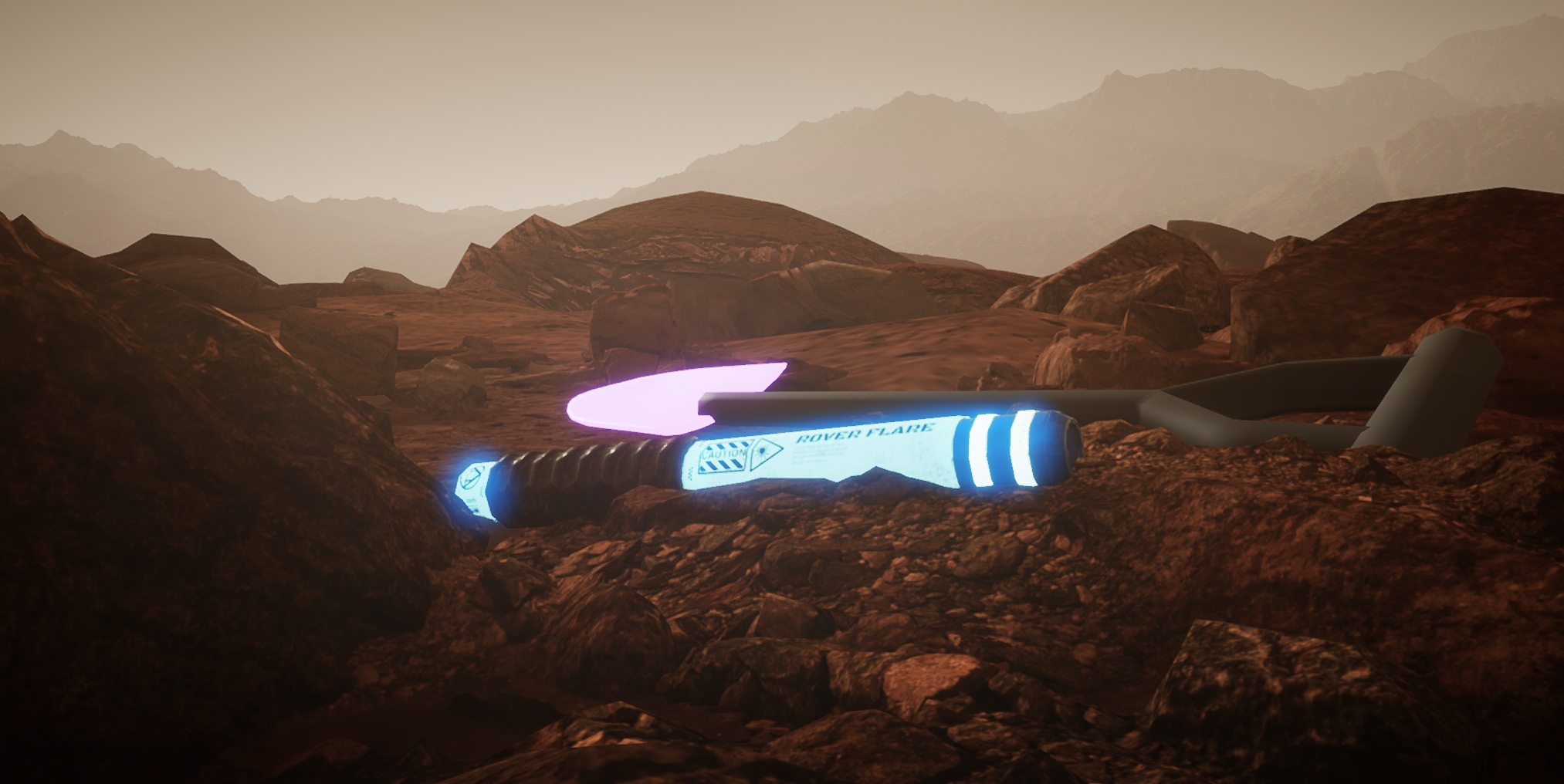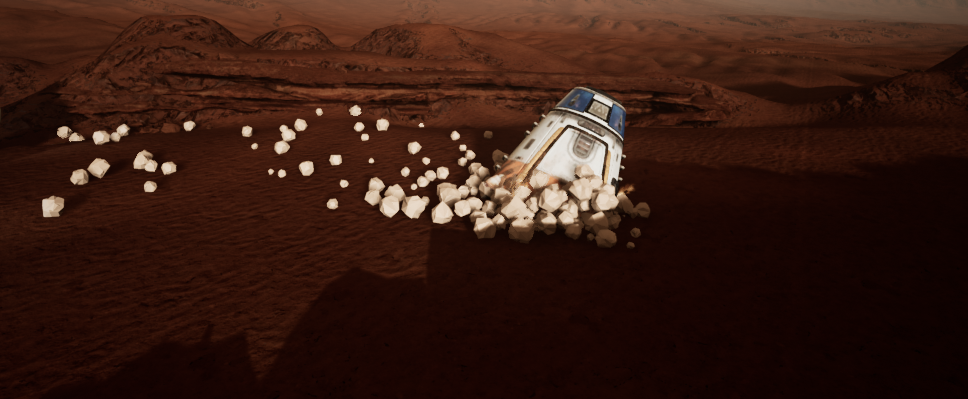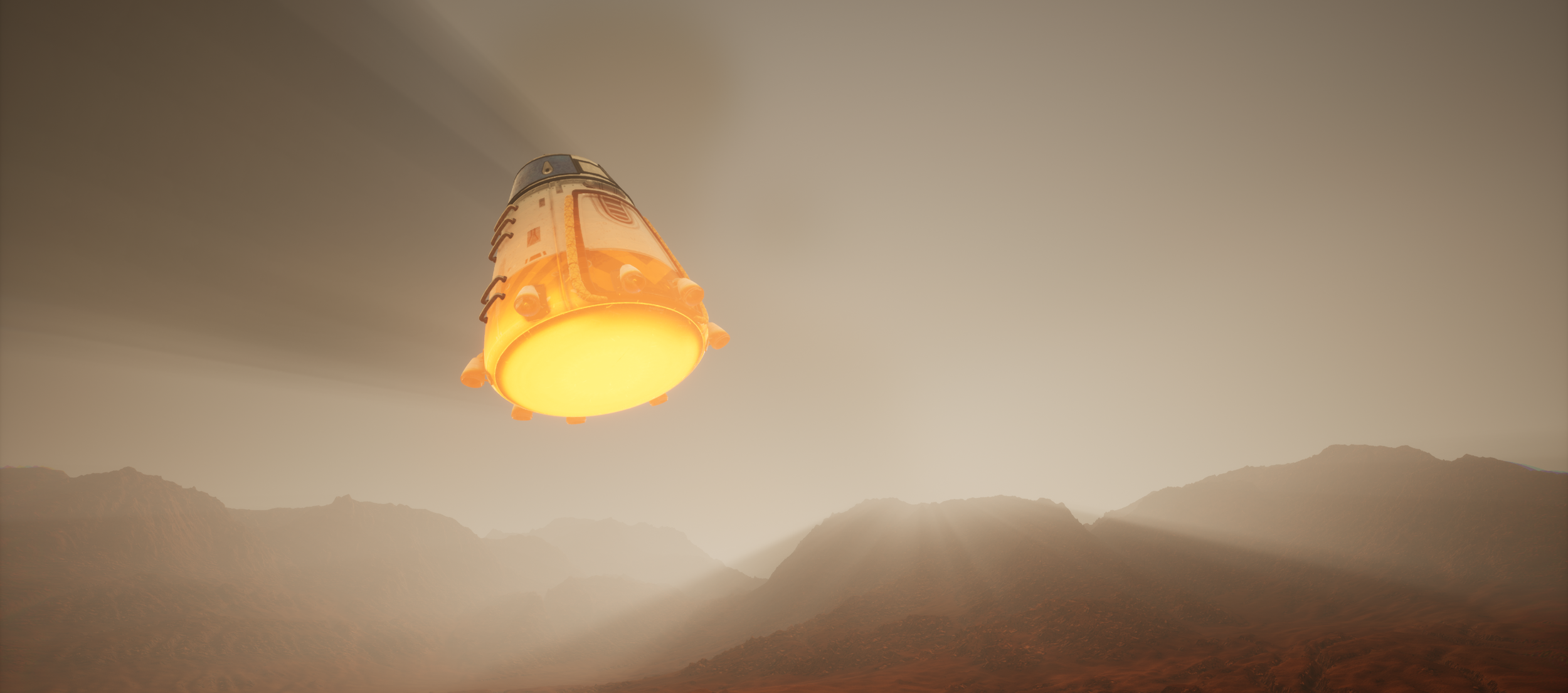
Martian Lander Recovery VR
A lightly-interactive but completely-immersive, space-travel themed experience to be used at conferences and during office tours.
Contributions: concept design, storyboarding, interaction design, narrative writing, dialogue writing, character design, game design, sound design, sound mixing, Unreal development, VFX design
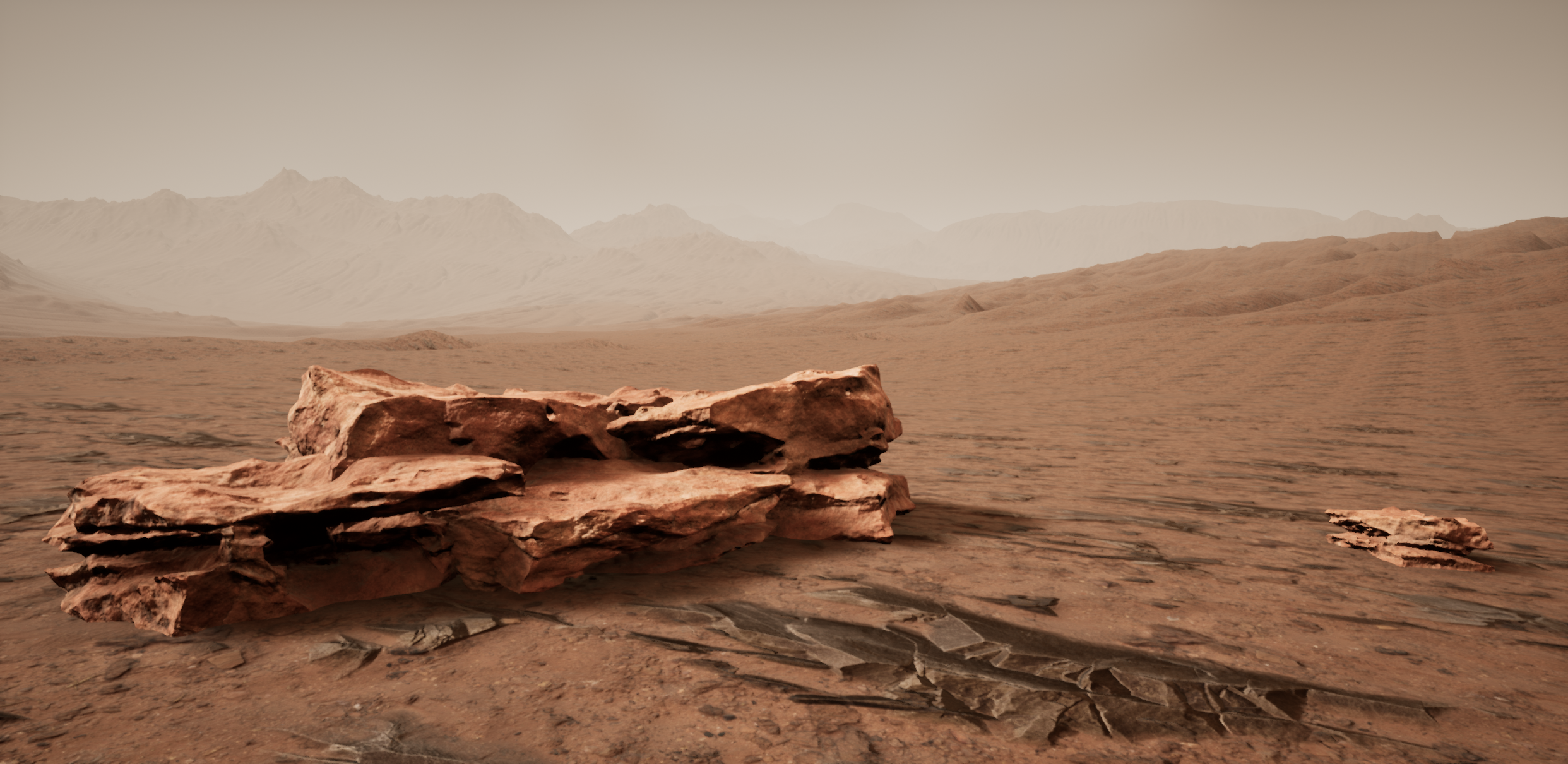
It Tugs at the Human Imagination Like Nothing Else
Given the task of creating “something cool”, I imagine that most people turn to either something they love, or something that’s popular in that moment. Luckily for me at the time of this project, “don’t die on Mars” checked both of those boxes admirably.
The concept, as I designed it, was for the user to emerge, like Matt Damon, from a small habitat onto the surface of Mars, awaiting a scheduled supply drop. Also like Matt Damon’s Mars, something would go horribly wrong, and the user would need to recover the situation using only a handful of simple tools.
Critical to this experience is that no human has ever been to the red planet, and so rather than matching some real-world-based thing, I needed to design a story and environment that would fit what people expected Mars to be like (and where possible, blend it with what we think Mars is actually like).
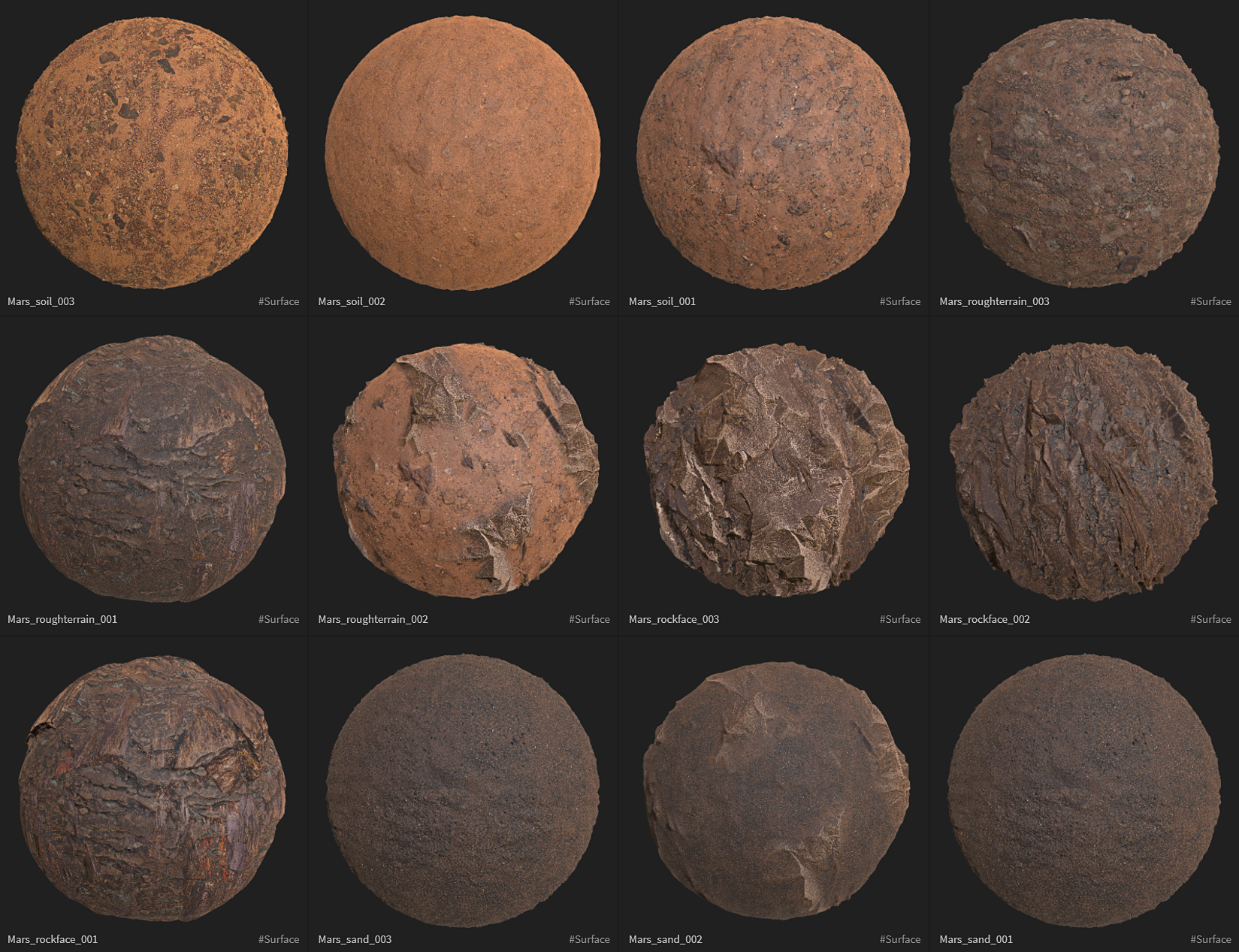
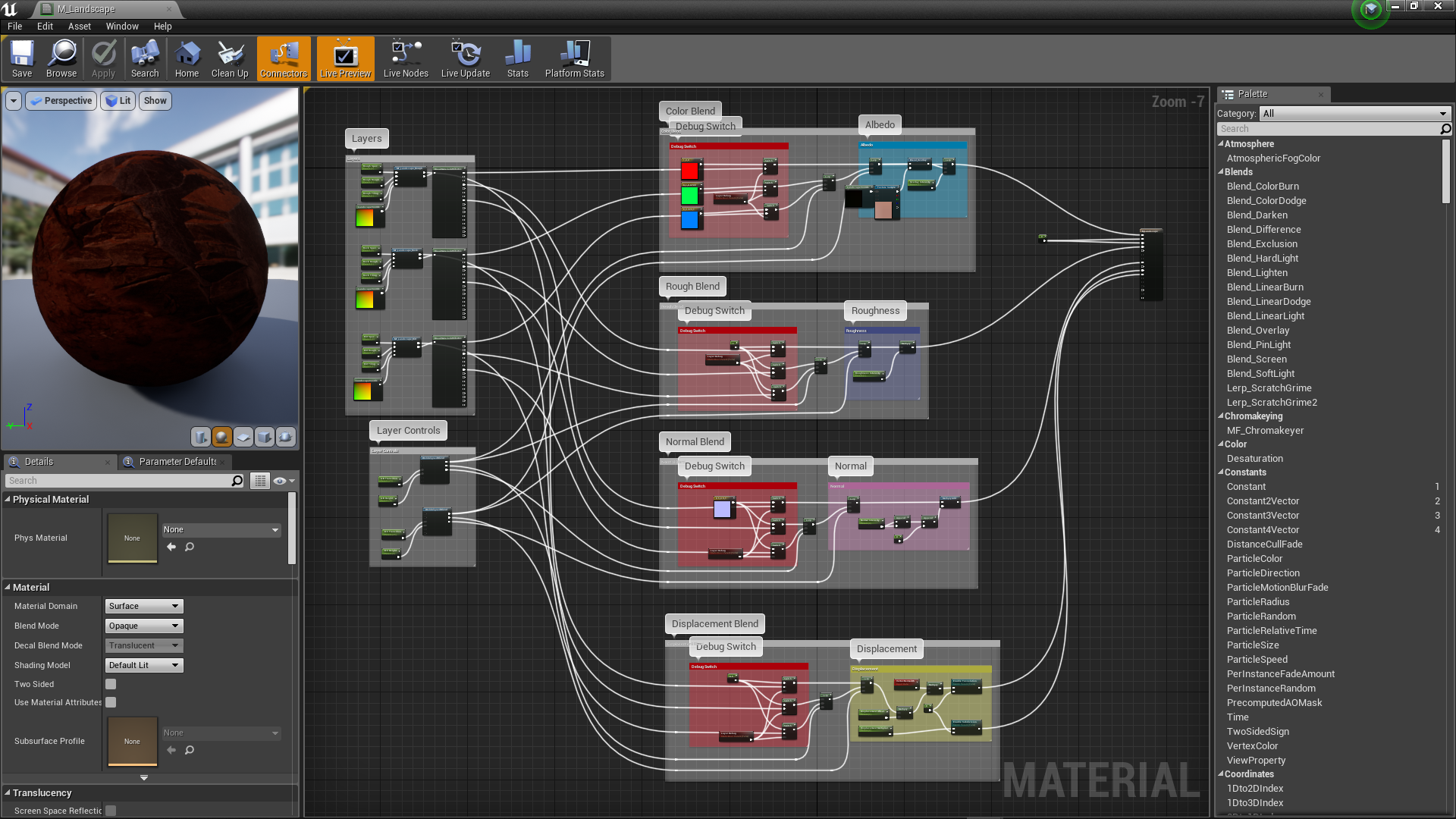
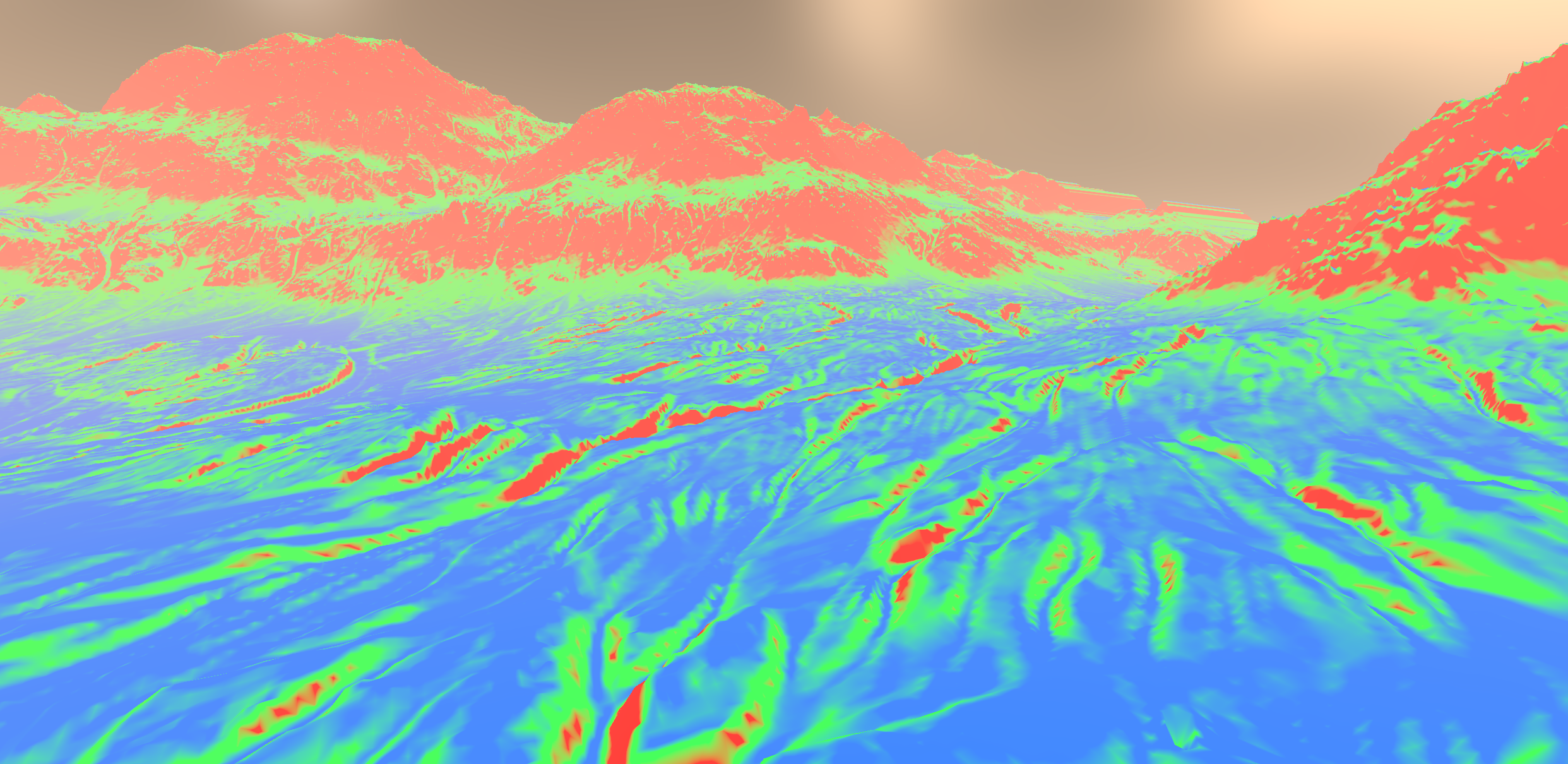
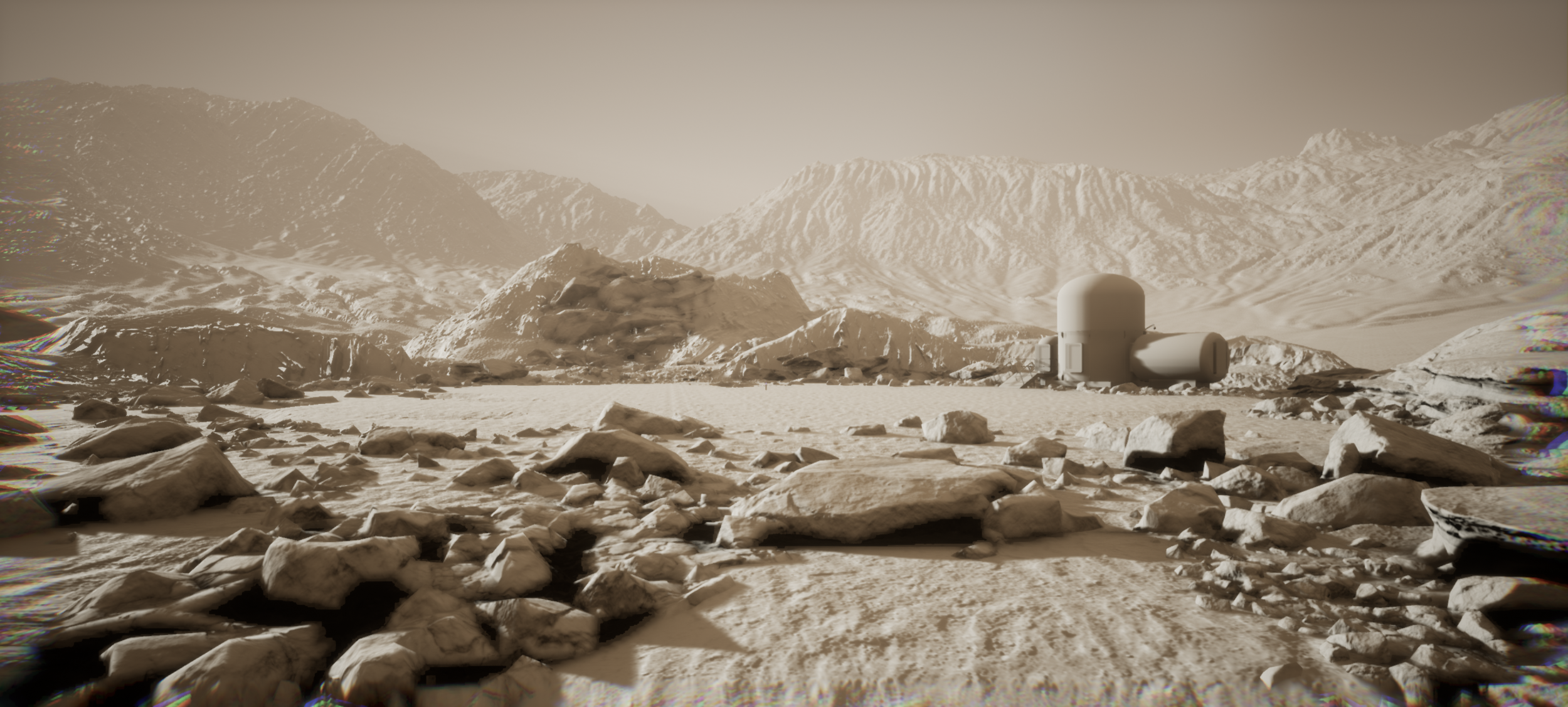
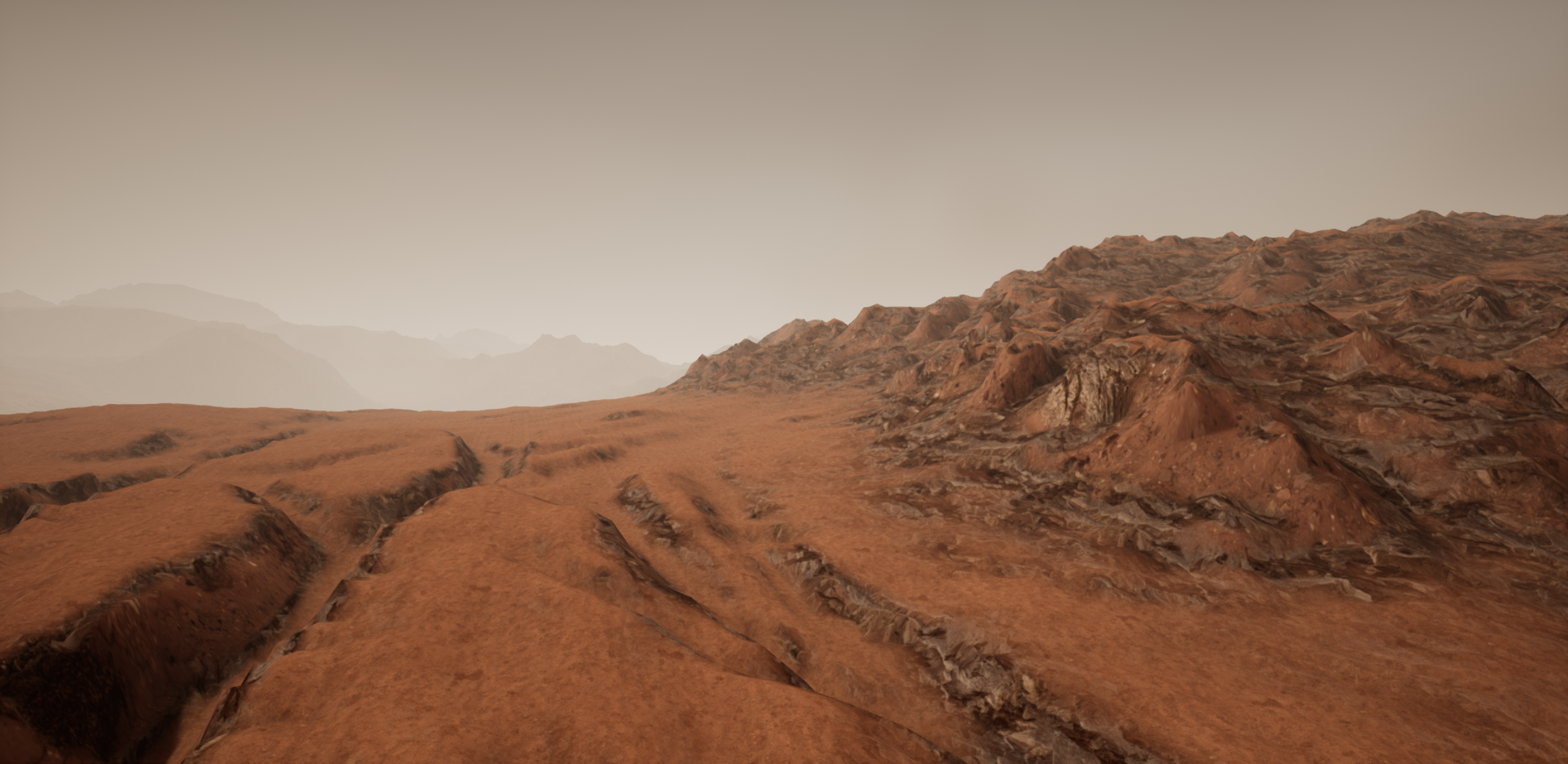
A Proper NASA Budget
One constraint bounded this project like no other: an extremely limited budget. That meant that we did not have time to create many of our own unique assets, recruit voice actors, or even purchase pre-made sound effects online.
What this forced, though, was a dependence on two things: free existing assets, and what could be learned quickly. In the case of Mars, “free assets” is actually a bounty: NASA hosts and makes publicly available near-complete depth maps of the Martian surface, as well as 3D models of many of the landers and habitats that they currently or plan to use. Using these, myself and the team 3D artist were able to quickly build out a small Martian base, complete with “realistic” habitat building and actual mountains as seen on Mars.
For non-graphical assets, I was able to use my own recording microphone and some lessons learned from behind-the-scenes DVD’s to create audio effects for multiple rocket engines, flying rubble, and (thanks to some research on low-gravity flight) the wind in a Martian dust storm. I also wrote dialogue for member of our team to read, and then mixed and distorted it to mimic what (I imagine) a semi-helpful AI assistant would sound like through a static-filled radio.
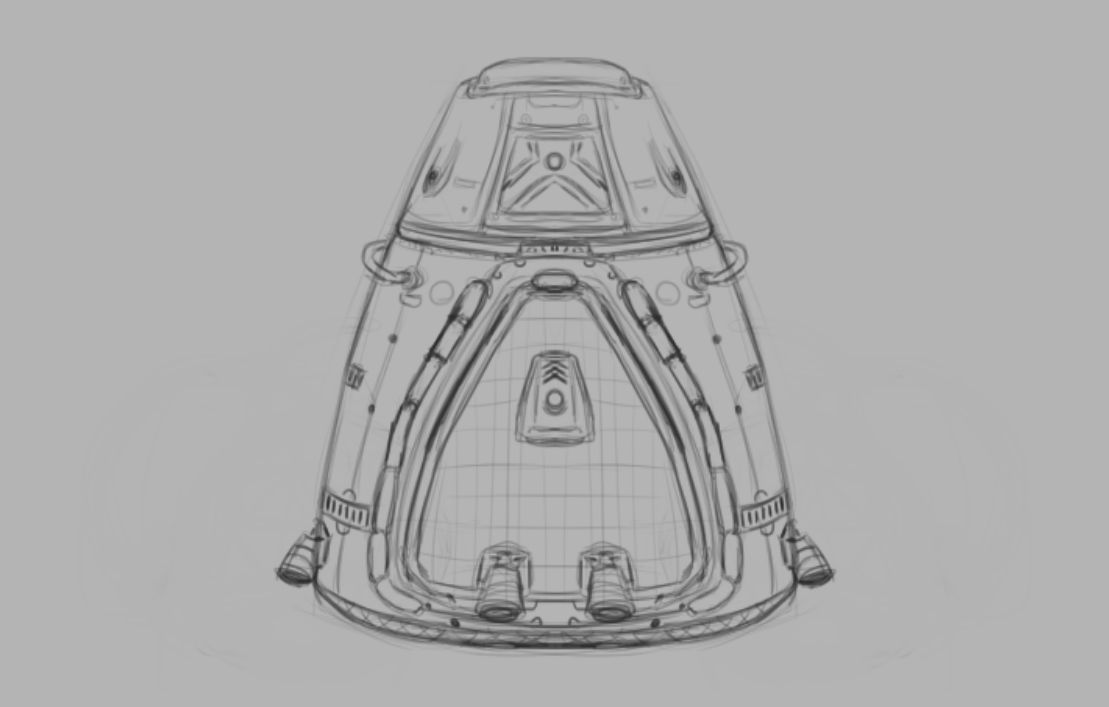
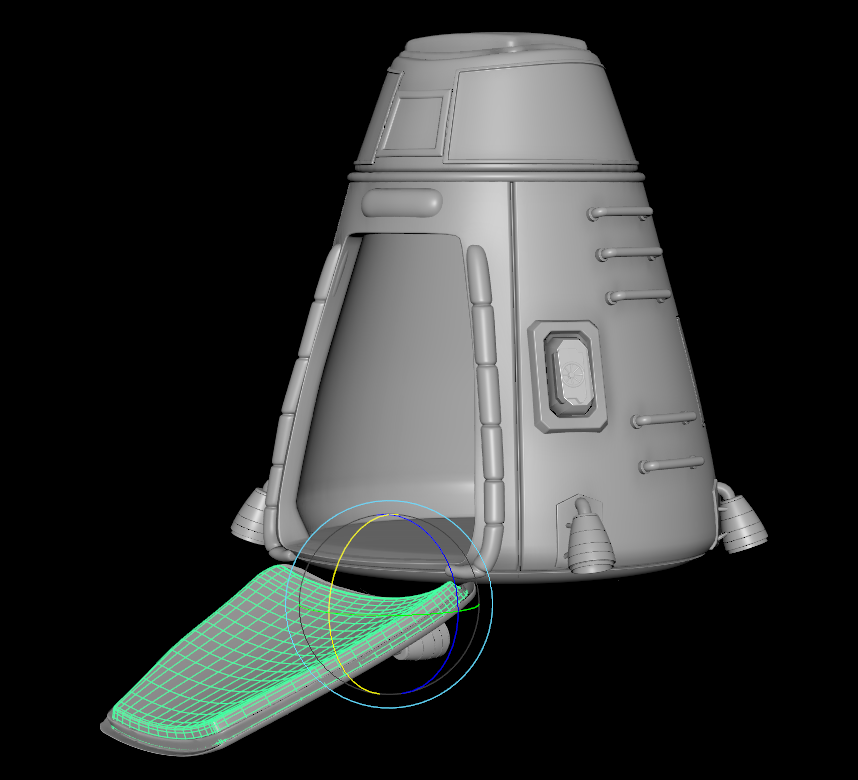
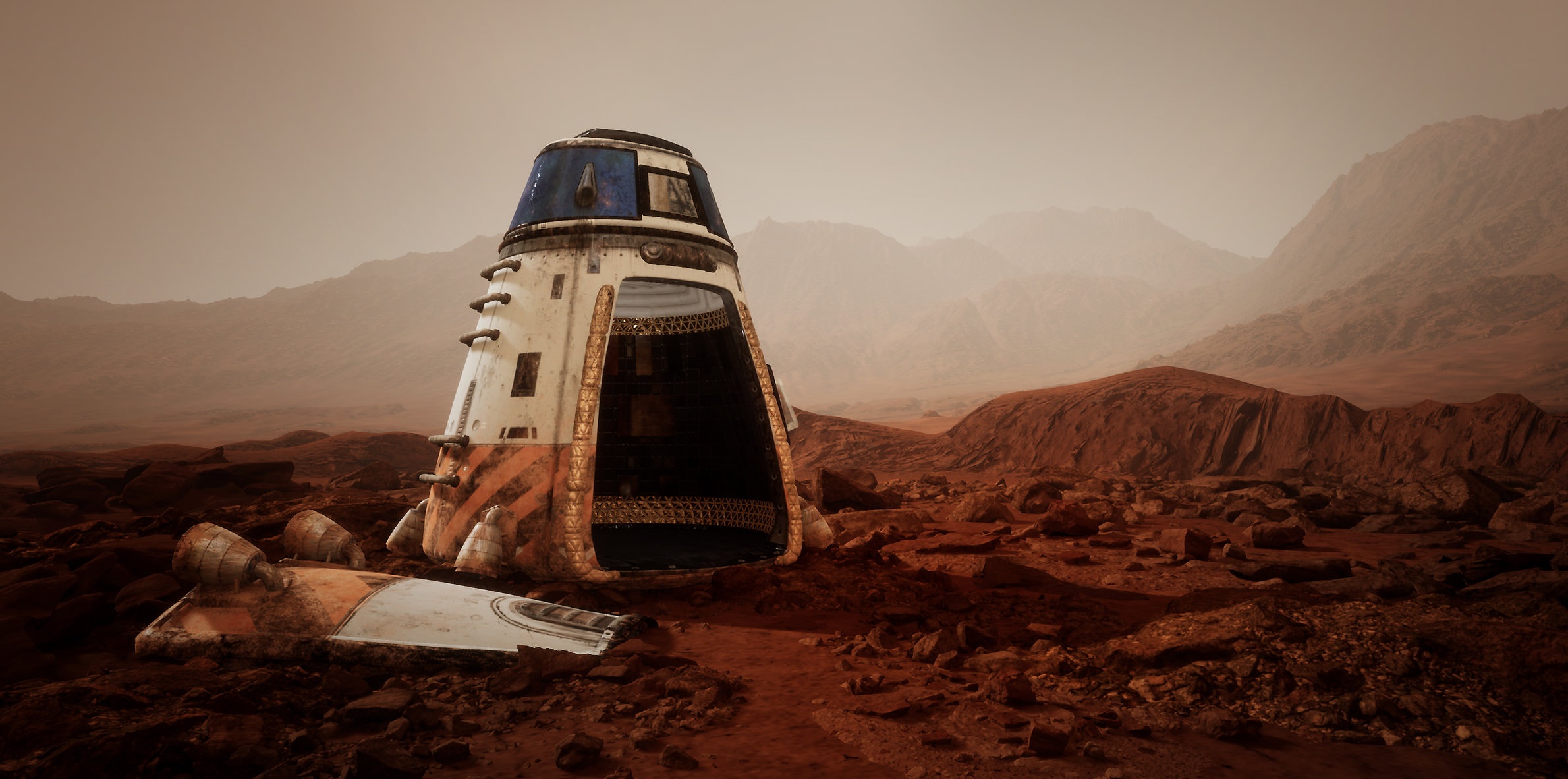

The Sound of a Martian Wind
The idea of being able to really “feel” like you are in places that it is (currently) impossible to be is, ultimately, the core promise of virtual reality. When that idea is expanded into “situations” instead of “places”, augmented and mixed reality are brought into scope as well.
The main test for this project was to demonstrate the captivating, immersive power of the medium. Contrary to expectations (and with the benefit of hindsight) a tight budget and limited scope were the perfect constraints for me to design and author an experience that was impossible and yet felt real.
I was lucky enough that I was able to turn into a passion project what might otherwise have been a frustrating, limited creative experience. Being forced to design for niche specifications and almost-universal hardware requirements was infuriating, certainly, and I would love to be able to return to this project someday and expand it into a more substantive thing.
But that said, it’s hard to beat the feeling of standing in an impossible place, looking at the Sun through impossible (but well-researched) dust clouds, and listening to an irritated robot you designed yell at you over the sound of an impossible breeze.


